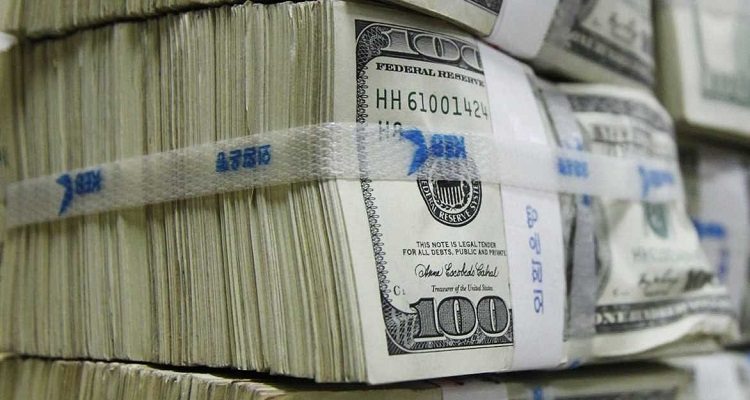Social Security Spending: Going Beyond the $1 Trillion Barrier

The U.S. Treasury recently issued its monthly statement announcing that for the first time in history, the Social Security Administration (SSA) went beyond the $ 1 trillion barrier in total spending during fiscal year 2017. There has been gradual, incremental increase in Social Security spending over the past two decades. In 1997, the Social Security Administration first reached the $600 billion mark, reaching $800 billion in 2009, and in 2013, topped the $900 billion barrier. One factor for the increase can be attributed to more baby boomers retiring over the past few years, and the average 65-year old more likely to live up to 20 years or more.
In fact, the agency went a little beyond $1 trillion. To be exact, 1 trillion and 812 million dollars was spent for its various welfare programs: Disability Insurance, Retired Workers and Survivors Insurance. SSA also incurred administrative costs for the Supplemental Security Income Program, which is funded by general federal tax revenues.
Here is a brief breakdown of the agency’s expenses: The September monthly report stated that the SSA used up a little over $791 billion from the Old-Age and Survivors Insurance Trust fund for benefit payments, spending $3.678 billion in administrative expenses from said fund. Meanwhile, total spending on benefit payments from the Disability Insurance Trust Fund reached almost $143 billion, with $2.692 billion in administrative expenses. It also spent $ 4.316 billion from the Railroad Retirement Account. The report further states that total spending on the Supplemental Security Income Program reached $58.710 billion.
When added, the two biggest SSA programs with the biggest expenditures – the Social Security Program (Old Age and Survivors Insurance and Disability Insurance) and the Supplemental Security Income program exceeded the $1 trillion mark in fiscal 2017. However, the outlays for the main Social Security Program (OASDI) had not yet reached $1 trillion in 2017. The latest projections from the trustees report that in fiscal 2019, the Social Security program alone will reach the $1 trillion barrier. The trustees further state that in fiscal 2026, the projected expenditure of the SSA’s OASDI program will increase up to $1, 640, 400,000, 000.
Social Security’s expenditure totally dwarfed what the other departments spent during the same period. You would expect that the federal government’s biggest expenditure would be on the Department of Defense and Military Programs. However, this is not the case because Social Security’s expenses this fiscal year were 76% more than the SSA.
It’s the same with other government sectors. Social Security’s the total cash outflow is 20 times as much as what the Department of Homeland Security spent and up to 37 times as much as what the Department of State spent.
Only the federal government’s Department of Health and Human Services eclipsed the SSA, spending $1 trillion, 116 billion, and 764 million this year.
The U.S. federal government spent $3,980,605,000,000 for the fiscal year. 53.2% of this amount accounts for the combined total of what was spent for both the Social Security Administration and Health and Human Services.











